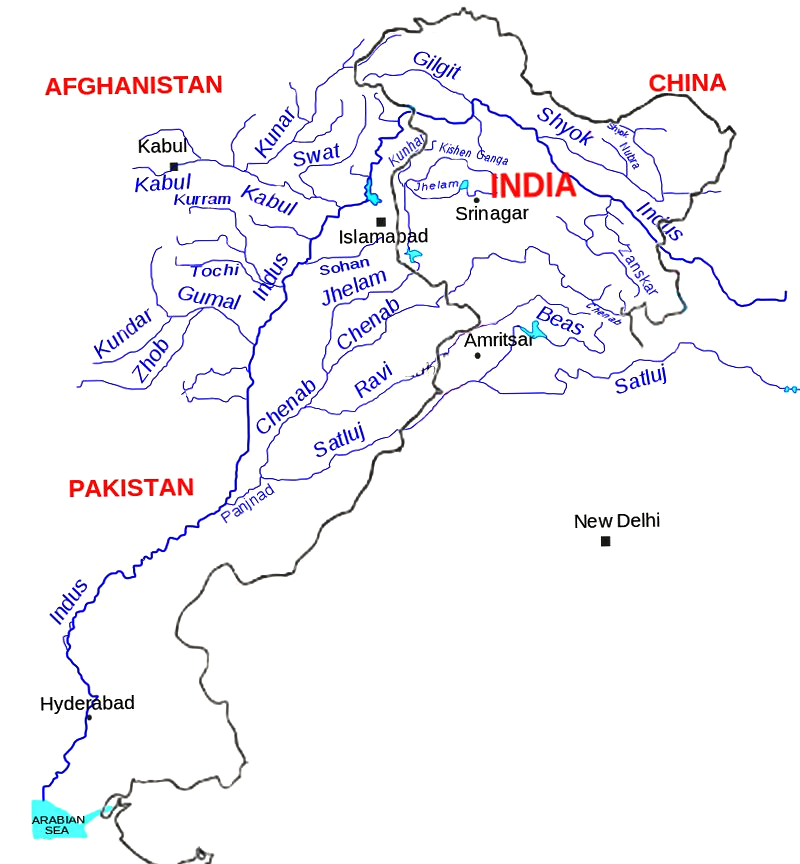Jammu & Kashmir
Kiru Hydroelectric Power Project (KHPP)
- 24 May 2025
- 4 min read
Why in News?
The Central Bureau of Investigation (CBI) has filed a chargesheet against former Jammu & Kashmir Governor Satya Pal Malik and others in a Kiru Hydroelectric Power Project (KHPP) corruption case.
Key Points
Kiru Hydroelectric Power Project (KHPP)
- About:
- The KHPP is envisaged as a Run-of-River scheme and was launched in 2019.
- It is scheduled for commercial operation by July 2025.
- It is a strategically located hydroelectric initiative in the Kishtwar district of J&K, positioned between the Kirthai II (upstream) and Kwar (downstream) power projects.
- Developed at an estimated cost of Rs 4,287 crore, it is a key component of India's efforts to boost renewable energy infrastructure in the northern region.
- The KHPP is envisaged as a Run-of-River scheme and was launched in 2019.
- Project Specifications:
- Location: Near the confluence of the Chenab River with Singad and Bela streams, close to Patharnakki and Kiru villages.
- The Singad and Bela streams are tributaries that join the Chenab River near Patharnakki and Kiru villages in the Kishtwar district of Jammu and Kashmir.
- Total Capacity: 624 MW, via four turbines (156 MW each) on left bank of the river
- Reservoir Storage: 41.5 million cubic meters
- Diversion Tunnel: One 700 m-long, horse-shoe-shaped tunnel for excess water discharge
- Location: Near the confluence of the Chenab River with Singad and Bela streams, close to Patharnakki and Kiru villages.
- Collaborative Efforts:
- The project is being developed by Chenab Valley Power Projects Private Limited (CVPPPL), a joint venture comprising National Hydroelectric Power Corporation (NHPC), Jammu & Kashmir State Power Development Corporation (JKSPDC) and Power Trading Corporation (PTC).
- Significance of the Project
- Apart from helping address the energy demand across northern India and the state’s rural areas, it could aid small-scale and cottage industries.
- The project is expected to contribute to employment generation and the development of local infrastructure.
Note: A run-of-river dam is one in which the flow of water in the river downstream of the dam is the same as the flow of water upstream of the dam.
Chenab River
- The Chenab River originates in the upper Himalayas of Himachal Pradesh, formed at Tandi by the confluence of the Chandra and Bhaga rivers.
- Key tributaries of Chenab River include the Thirot, Sohal, Bhut Nallah, Liddrari, and Marusudar.
- The river flows through J&K, continues into Punjab in Pakistan, and eventually joins the Indus River.
- Major Hydroelectric Projects on the Chenab:
- Ratle Hydroelectric Project
- Pakal Dul Hydropower Project
- Salal Dam (Reasi)
- Dul Hasti Project (Kishtwar)
- Pakal Dul Dam (under construction) – on the Marusadar tributary (Kishtwar)







